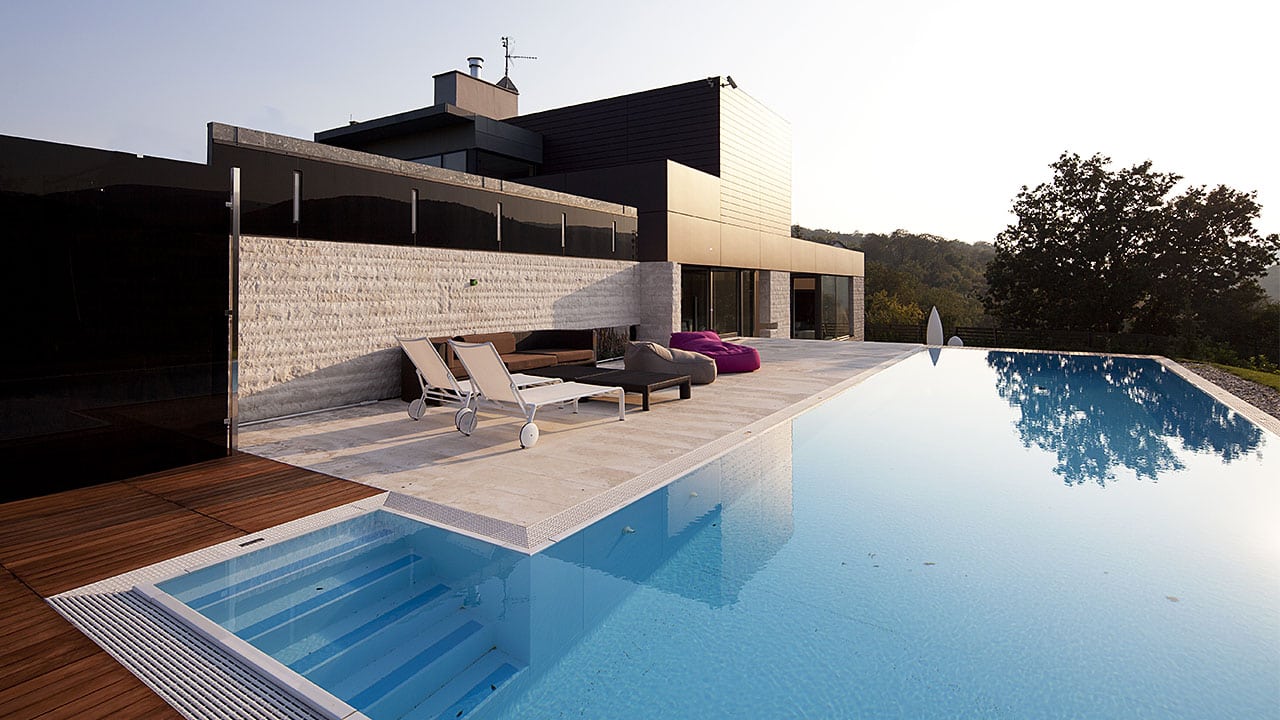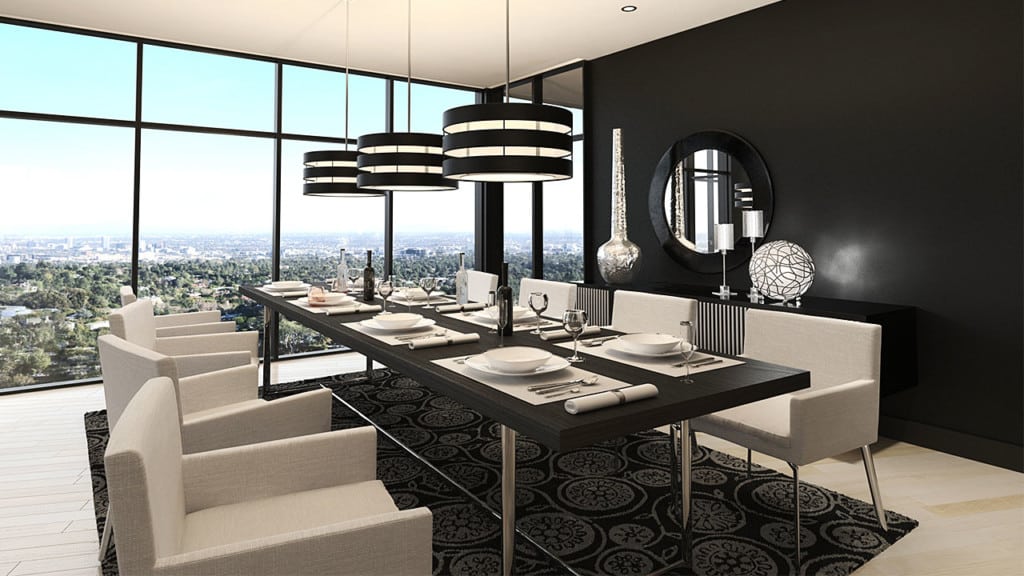Completing architectural design training largely involves learning the ins and outs of effective digital design, but that’s certainly not all. Both in school and in your future career, being able to put together effective presentations that show off the aesthetics of a design can be an important part of seeing a project through to completion.
Curious about what goes into making an effective presentation? Here’s a look at what you’ll need to include to ensure you create informative and visually striking presentations to accompany your architectural design work.
Go Light on Text, Heavier on the Images
Chances are if you’re putting together an architectural presentation, it’s to accompany a 3D model you’ve put together. While the point of a presentation is to help contextualize your work and add useful information, it’s important to remember that the focus should still be on the design itself. The words you add to the presentation should add value to the images, not replace them. This means you should keep the emphasis on the pictures, and only add as little text as needed to offer context.
It’s also worth keeping in mind that presentations intended for a more general audience should shy away from overly technical language. You can’t expect the average person – even in the construction industry – to have the same level of understanding of industry terminology as you will gain from architecture courses. Keep things as light as you can whenever possible to make your presentations speak to everyone.

Only add text where necessary. Otherwise, let the images speak for themselves
Keep Layouts Simple and Clean in Your Architecture Courses
To the same point about drawing focus to your designs, it’s a good idea to ensure the visual composition of your presentations is clean and simple. This will keep irrelevant elements from drawing too much attention and diverting from those things that matter most.
There are a couple of things to consider to accomplish this. First, use a plain and relatively neutral background for your presentations. Busy shapes or loud colours run the risk of distracting from what matters most – your work – and don’t have a place in a presentation of professional quality.
It’s also important to arrange your work in a sensible manner. Laying out images and text in a grid is one good way to keep your presentation structured. It’s also a good idea to group similar elements together – depictions of a building’s exterior, for example – rather than sprinkling them about the board. The more easily your audience can understand the presentation at a glance, the more effective it will be.
Use Your Architecture Training to Bring Your Model to Life
You’ll quickly learn in architecture training that it’s not quite enough to just use unedited models ripped right from your design software when making presentations. For greatest effect, it’s instead best to put a little time into sprucing up the images so that they look a little more lifelike. The less imagining you require your audience do to envision your project in real life, the better.
This is the kind of exercise that relies on artistic practice, so graduates of architectural technology training programs tend to have a significant advantage once they enter the workforce. These programs are the ideal environments in which to explore techniques like shading, rendering, and adding materials to designs to make them feel a little more tangible. Learn to apply these techniques tastefully and you can create compelling visuals to anchor your presentations.
Study architectural design technology at Digital School!

This is the kind of exercise that relies on artistic practice, so graduates of architectural technology training programs tend to have a significant advantage once they enter the workforce. These programs are the ideal environments in which to explore techniques like shading, rendering, and adding materials to designs to make them feel a little more tangible. Learn to apply these techniques tastefully and you can create compelling visuals to anchor your presentations.
Do you think you have what it takes to succeed in architecture?



